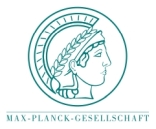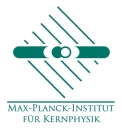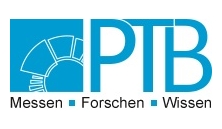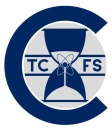Max Planck-RIKEN-PTB Center for
Time, Constants and Fundamental SymmetriesDirect high-precision measurement of the magnetic moment of 3He to establish a new standard for ultra-sensitive absolute magnetometry
Involved senior scientists and institutions in alphabetical order:
K. Blaum,
A. Mooser ![]() ,
S. Ulmer –
MPIK,
RIKEN
,
S. Ulmer –
MPIK,
RIKEN
The recent dramatic advances in magnetic moment measurements on the level of the nuclear magneton achieved by the Blaum and Ulmer groups pave the path towards direct measurements of magnetic moments of heavier nuclei. An outstandingly attractive candidate with a broad range of possible technical and fundamental applications is the magnetic moment of 3He. Spin polarized 3He constitutes one of the most sensitive magnetometers, due to its noble-gas character and low internal coupling at 100-fold reduced systematics, compared to conventionally used water probes. To date, the calibration of these magnetometers is based on comparisons to water samples, the missing link to establish this system in itself as a fundamental magnetometer, is the absolute knowledge of the magnetic moment of the 3He nucleus. The Penning-trap methods developed by the BASE collaboration, in combination with sympathetic laser cooling proposed in project 1 will allow for a direct measurement of the required fundamental property of 3He, and thus contribute to provide a new, highly sensitive, ultra-robust standard for magnetometry. The project will have great impact on an entire branch of fundamental physics measurements, such as for example the planned muon g-2 experiment at Fermilab, which would back-up its water NMR standard measurements against 3He based magnetometry.





